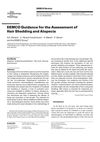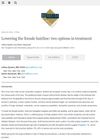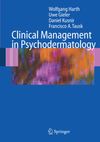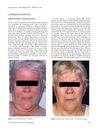Management of Complications Associated with Upper Facial Rejuvenation
July 2016
in “
Atlas of the Oral and Maxillofacial Surgery Clinics
”
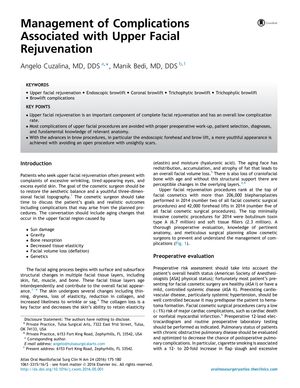
TLDR Careful planning and technique in upper facial rejuvenation can minimize risks like hair loss, nerve damage, and scarring.
The document from 2016 outlines the management of complications from upper facial rejuvenation procedures, emphasizing the importance of preoperative evaluation, patient selection, and surgical technique to minimize risks. It notes that while complications are generally low, they can include alopecia, nerve damage, and scarring. Alopecia was reported in 0.3% of patients, transient scalp numbness in most, and temporary frontal nerve weakness in 2.3% of 393 patients who had an endoscopic forehead lift. Strategies to reduce scarring include using an irregular incision and avoiding excessive electrocautery. Alopecia can be treated with scar excision or hair transplants, and acute telogen effluvium, a temporary hair loss condition, typically resolves within 3 to 6 months, though full cosmetic regrowth may take up to 18 months. The document highlights that careful planning and execution of the procedure are key to avoiding complications and achieving desired outcomes.
